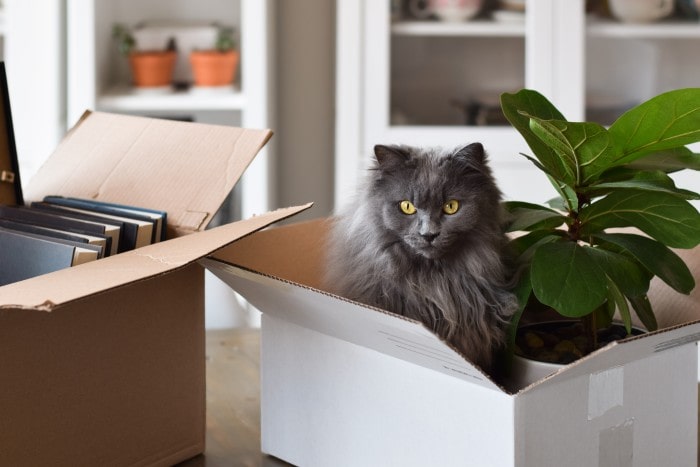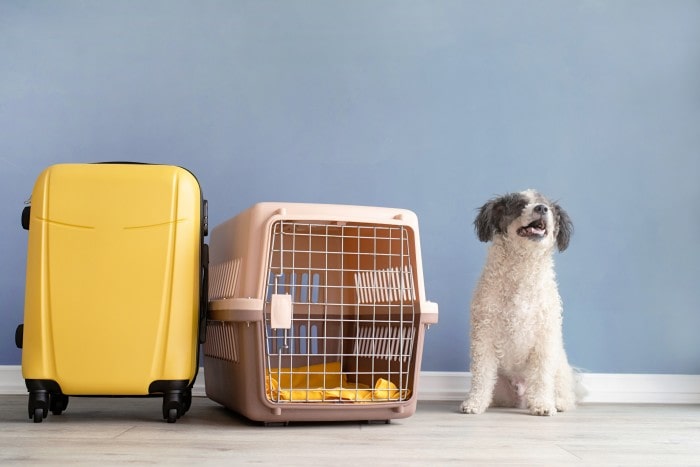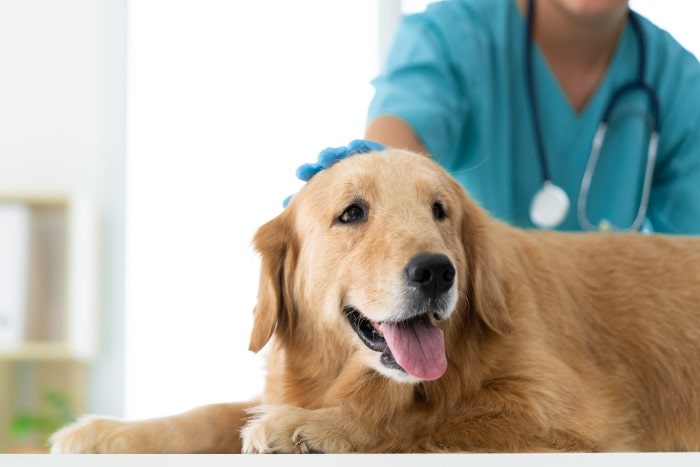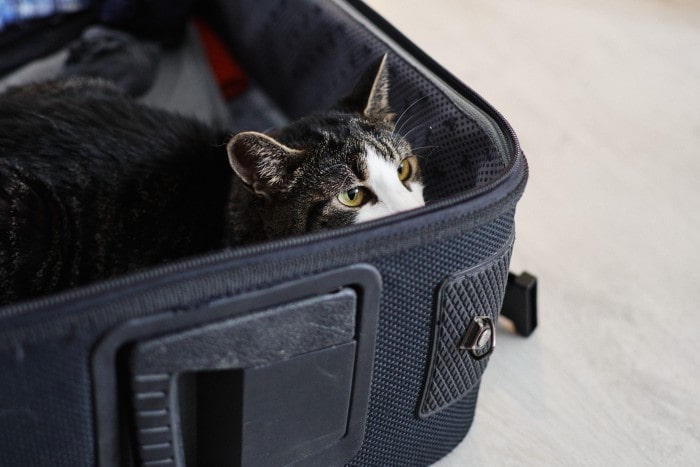
We all love our pets and want what’s best for them. But, when you are planning to move long-distance and have to bring pets along, it can be a huge stressor for them. It is also stressful for you, as you already have to worry about other things related to your move.
Nobody wants to deal with constant whines, yowls, barks, jumping around, and general bad animal behavior when they’re already dealing with other challenging parts of moving home.
If you want to avoid these problems with your pets, read on to find out why you need to pay special attention to your pet during a move and how to approach the whole situation.
Why Moving is Stressful for Pets
Long-distance moves take their toll on everyone involved, pets included. Animals are highly territorial creatures, which means they get used to certain places, scents, and routines. Any unexpected, significant changes can scare them and make them act unpredictably.
Vehicular travel also isn’t something they are accustomed to and can cause health issues such as diarrhea and vomiting. It can also make them misbehave out of stress or shock and make the whole process harder for you.
However, there is no need to worry too much since there are proven ways to make moving easier on your pets. We’ve compiled a list of tips for pet moving to help the transition for you and your animal friends go as smoothly as possible.
1. Prepare in Advance

Your pet doesn’t know what the trip entails unless you’ve moved with them already. That’s why they need to be ready before the moving date, and there are some ways to achieve this.
To avoid upsetting your pets before the move, keep doing everything you usually do in your daily routine. Try to keep their diet the same and prepare to bring the food they usually eat on the trip. Make sure to buy enough of their favorite treats, so you won’t have to buy something different along the way.
Furthermore, if you are moving with your car and the pet isn’t accustomed to the vehicle, try and familiarize them with it. If you haven’t done that already, drive them around town in your car a few times. This activity will be helpful for moving regardless of your chosen transportation method, as the pet will get used to vehicle motions and be less scared during the move.
2. Keep the Pet Safe

Pet transportation is a risky task, and you want to prevent any negative outcomes. The safest option for your pets is to keep them restrained. Unrestrained pets can be a huge distraction and may injure themselves and others in the vehicle.
That’s why carriers and kennels are life saviors when it comes to animal travel. Also, you can find different seat belt options suitable for animals of different shapes and sizes. Go to your local pet store and consult with them to pick out the most comfortable seat belt and carrier for your furry friend.
3. Consult Your Vet

Before moving day, take your animal companion to a veterinarian for a checkup. The vet should examine if your pet has any illnesses that may be triggered during the trip and provide you with helpful medicine and general health advice. While you’re there, check if your pet is up to date on necessary vaccinations and get a copy of their vaccination records.
It is also generally advisable that dogs and cats take preventative parasite medicine to protect them from heartworms, fleas, and ticks.
4. Keep the Basics Close To You
It is easy to get confused and distracted by a hectic task such as moving. Keeping the essential items close to you is a way to go. This includes documentation, leashes, carriers, food, water, treats, medicine, toys, and waste disposal bags.
Another good idea is to keep a designated area in your home just for your pet and their things. This way, you can pack other items without worrying if your pet is comfortable. Pack your pet’s necessities last and keep them in a bag you always carry with you.
5. Check Local Pet Laws
Ensure your pet can cross borders and legally stay in the state you are moving to. Inform yourself about necessary health documentation and pet permits and obtain them before the trip.
You can look up local requirements on the US Department of Agriculture website.
If you are moving internationally, you’ll have to obtain a pet passport and specific animal health certificates. Check the government website of the country you are traveling to or contact their embassy to get precise information from official personnel.
6. Pick an Appropriate Traveling Option

Each moving option comes with pros and cons, and it’s up to you to pick the one that fits your needs and circumstances.
Car or Rented Moving Truck
This option is excellent for keeping the pet close to you. You can look after them, ensure they’re comfortable and safe, and adjust if necessary. However, this option is unsuitable if you’re moving far away or internationally.
Plane
Air travel is unavoidable if you are moving internationally or long-distance.
Different airlines have different rules for pets, so you should check with them. In general, you’ll need an approved carrier for the pet that can fit under the seat with enough space for your pet.
Larger animals will have to travel in the cargo below the plane. Try booking a direct flight to make the trip easier for your pet. That way, they can spend less time in the cargo load and don’t have to be transferred between planes.
Pet relocation service
This is the most expensive option. However, it might be the safest for your pets because professionals who do this job possess vast experience and take a huge responsibility off your hands. This option is also handy if you own pets that are difficult to arrange travel with, such as lizards, fish, or any other unconventional animal.
When hiring a pet transportation service, pay attention to the following:
- Check if they are a legitimate, registered company
- Read the reviews from other pet owners who used their service.
- Ensure they provide pets with all necessary comforts (proper crates, frequent potty stops, etc.)
- Get to know the guys that are in charge of moving your pet. Your cat or dog might feel anxious with unfamiliar people, so check that they’re professionals used to working with animals.
- Tell them about your pet: their triggers, behaviors, favorite activities, and treats. This way, movers will know how to treat your animal friend well and reduce their anxiety.
7. Bring Along Familiar Scents
Animals are very responsive to scents. Familiar scents can make them feel safe and cozy and help them deal with unknown places better. To make your cat or dog more comfortable, put a used blanket, towel, or shirt inside their carrier.
8. Update Their Info

Nobody wants to prepare for the worst possible scenario. Still, it is crucial to remember that accidents can happen on the road. If your pet gets lost, you want his identification tag and microchip up to date so that when someone finds them, they know how to reach you and get your furry friend back.
Make Your Pet’s Move a Breeze
Keep in mind that animals take emotional cues from their owners. So, try to stay calm and accommodate your furry friend. Pet them, feed them, and talk with them in a relaxed and playful tone.
Also, give them extra treats and playtime so they can feel more joyful during a difficult time like this. If you treat your pet nicely, they will go along with everything you need them to do.
Now that you know the best practices related to pet relocation, you can prepare to move your beloved companion safely to the desired destination.
